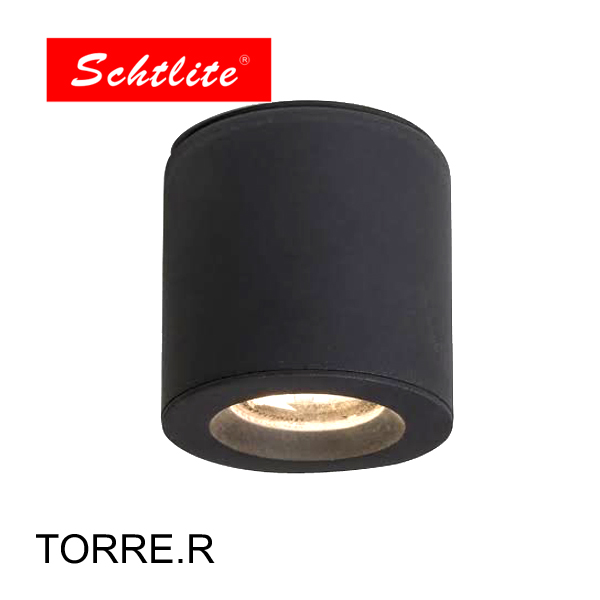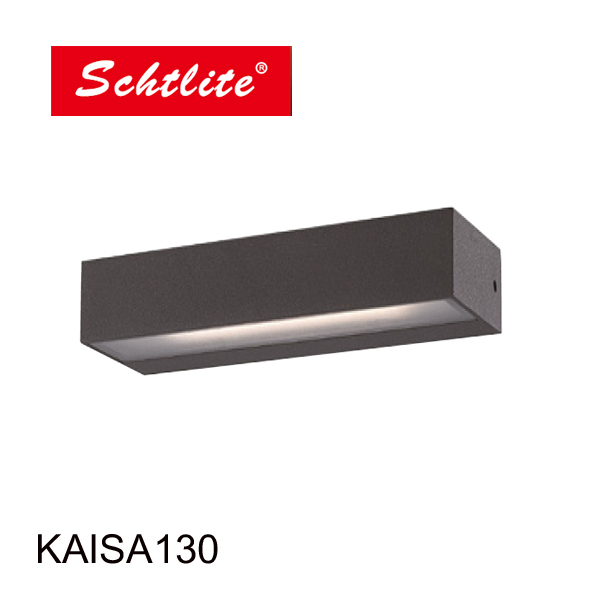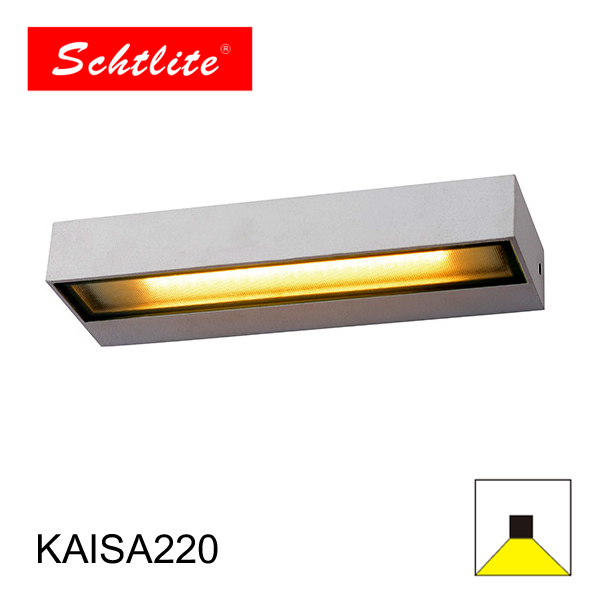1. Concrete floor:
Installing LED Paver Light on concrete floor is a common and effective method. As a strong and durable building material, concrete can provide good support and stability, which is suitable for long-term use of LED lamps. During the installation process, the location of the lamps and the cable layout channel need to be planned before the concrete is poured. Usually, the LED lamps are precisely embedded in the reserved position before the concrete is completely hardened. This embedded installation not only ensures that the LED lamps are flush with the ground surface, but also reduces the risk of damage or accidental destruction of the lamps. In addition, the weather resistance and corrosion resistance of concrete enable LED Paver Light to maintain stable performance under various climatic conditions.
2. Masonry paving:
The installation of LED Paver Light on masonry paving needs to take into account the arrangement and structural characteristics of masonry. Usually, appropriate space and support structure are reserved during the masonry laying process for the subsequent installation of LED lamps. During installation, you can choose to embed the LED lamps directly into the gap between masonry, or perform surface embedded installation after the masonry laying is completed. This installation method of the lamp can not only effectively protect the LED lamp from external impact, but also ensure the uniformity and stability of the lighting effect. In addition, the low-voltage design of LED Paver Light also makes it safer and more reliable to use on masonry floors.
3. Wooden floor:
For wooden floors, the installation of LED Paver Light requires special attention to protect the wooden surface from damage and ensure safety and stability. Usually, the position of the lamp is reserved before the wooden floor is installed, and a special bracket or embedded system is used to fix the LED lamp. This installation method can not only reduce interference with the surface of the wooden floor, but also effectively protect the cable layout and avoid damage or electrical failure caused by installation. The low-temperature operation characteristics of LED Paver Light also make it more safe on wooden floors, and can provide long-term and stable lighting effects.
4. Lawn or garden area:
Installing LED Paver Light in lawn or garden areas requires more ground preparation and technical considerations. Because lawn and garden floors are usually soft and easy to deform, special care and caution are required during the installation process. LED lamps are usually installed in a ground plug-in manner, and the lamps are fixed to the ground through ground sockets or fixtures. Before installation, it is necessary to ensure that the ground is flat and avoid affecting the growth of surrounding vegetation. The waterproof design and low energy consumption characteristics of LED Paver Light enable it to operate safely and reliably in outdoor garden environments, improving the night lighting effect and aesthetics.
5. Sand and gravel ground:
The sand and gravel ground is characterized by a rough and irregular surface, so the installation of LED Paver Light requires special design and installation technology. Generally speaking, a special plug-in design is selected to fix the LED lamps by penetrating into the sand and gravel layer of the ground, and ensure its stability and safety during use. The waterproof performance and durability of LED lamps enable them to be used for a long time on sand and gravel ground, providing lasting lighting effects and visual effects.
6. Mosaic or tile floor:
Installing LED Paver Light on mosaic or tile floor requires consideration of the flatness of the ground surface and the fixing method of the lamp. Usually, the position of the lamp is reserved during the laying of tiles, and a special fixing system or bracket is used to install the LED lamp. This installation method can effectively protect the LED lamps from external impact and keep the ground surface clean and beautiful. The application of LED Paver Light on mosaic or tile floors not only improves the lighting effect and safety, but also adds a modern and artistic visual experience to the outdoor environment.







